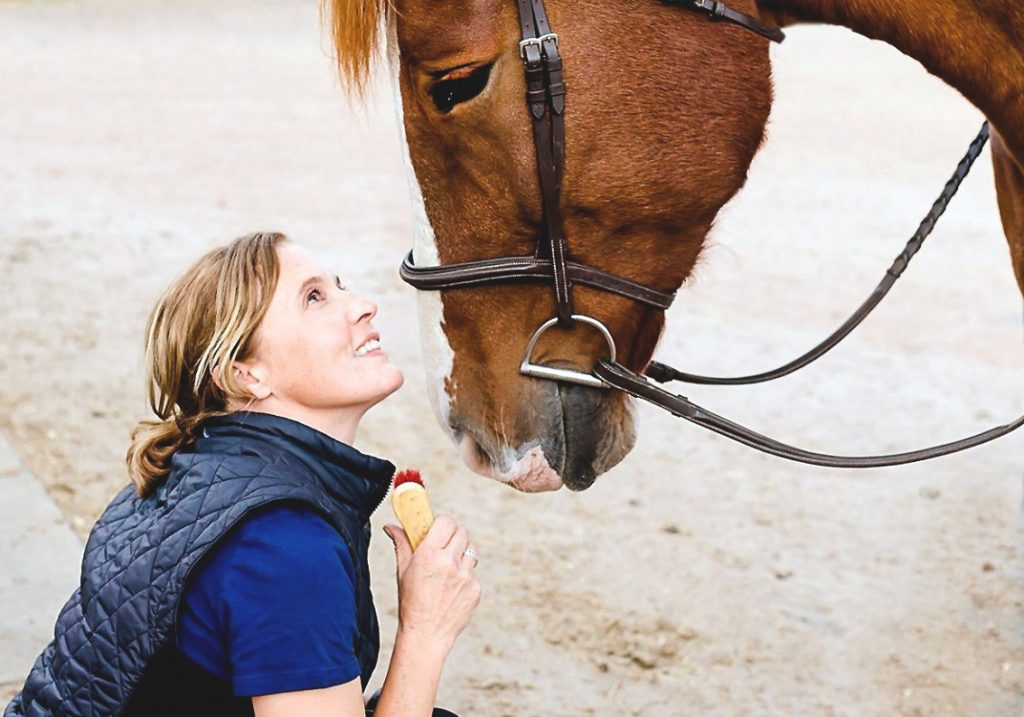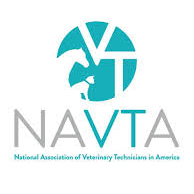
For 28 years Dawn Brackpool has been a Credentialed/Registered Veterinary Technician, providing loving and professional care to clients across the country. While experienced to care for all kinds of animals in both veterinary hospitals and equine barns, she excels in preventive care and supporting geriatric animal family members. She currently has one rescued English Setter and a Quarter Horse. Dawn is a self-proclaimed “East-Coaster” raised in the Ramapo Mountains of northern New Jersey, 40 minutes outside of NYC. There, she grew up with cats, dogs, rabbits and horses. After earning her BFA with a concentration in Photography from Rutgers University in 1991, she worked for a portrait photographer in Bordentown- across the river from Philadelphia- and developed her confidence and skills in studio & event photography. Still not lured into the Metropolitan area photo scene, she changed directions and worked on a Thoroughbred farm for several years before deciding to pursue her degree in Veterinary Technology. She graduated in 1997 and immediately began working at a busy, multi-doctor small animal practice where Dawn became a valued member of the team and learned beside talented and compassionate DVMs. After a decade at this AAHA accredited practice, she decided to “spread her wings” and move to Colorado to start a life & family with a fellow mountain bike racer, Carl, whom she had befriended years earlier while riding in Utah. In 2008 her son, Travis, was born, and joined his three step-siblings to blend and make one big, animal-loving family. The Brackpools are happy to call the Ken Caryl Valley in Littleton, Colorado their home.
What is a CVT/RVT?
According to the American Veterinary Medical Association (AVMA), “Veterinary technicians have been educated in the care and handling of animals, the basic principles of normal and abnormal life processes, and in many laboratory and clinical procedures… In a clinical practice setting, such as your local veterinary hospital, veterinary technicians handle many of the same responsibilities that nurses and other professionals perform for physicians – and, like veterinarians, they are trained to work with several species of animals. They are trained to: obtain and record patient case histories; collect specimens and perform laboratory procedures; provide specialized nursing care; prepare animals, instruments, and equipment for surgery; assist in diagnostic, medical, and surgical procedures; expose and develop radiographs (X-rays); advise and educate animal owners; supervise and train practice personnel; and perform dental prophylaxes…” Some veterinary technicians decide to specialize in a certain area. According to the National Association of Veterinary Technicians in America (NAVTA), an academy is “a group of veterinary technicians who have received formal, specialized training, testing and certification in an area.” The recognized academies include specialties in dental technology, anesthesia, internal medicine, emergency and critical care, behavior, zoological medicine, equine veterinary nursing, and now palliative & hospice care.
Why choose a CVT/RVT to care for your companion animals?
All members of a Veterinary team are integral and vital to your companion animal’s care- from the receptionists who greet you, to the kennel staff and veterinary assistants behind the scenes. This “team effort” works well to share knowledge and goals, and considers all roles as vital to the “veterinary care system.” Many who work on the Veterinary team and call themselves “Veterinary Technicians” may have been trained “on the job” with invaluable experience, but to become a “CVT” you must receive an associate’s or bachelor’s degree from an accredited program and pass a National Exam called the VTNE, prepared exclusively by the American Association of Veterinary State Boards (AAVSB). Somewhat confusing, whether you are called an CVT, RVT or LVT depends on your state of residence. Because multiple titles can be very confusing for the public, NAVTA, a non-profit that represents and promotes the profession, recommends the use of the “Credentialed Veterinary Technician,” which denotes licensure and certification. In addition, to maintain ongoing licensure, CVTs must complete a rigorous schedule of continuing education to stay relevant and up-to-date in advances, breakthroughs, and veterinary medical options. This ensures that the care your animal is getting from Dawn, whether in hospital or home, is both attentive and professional. Dawn has also been an RVT with MoVET Veterinary Services for 5 years now, which provides mobile care and Clinic care at Belleview Station in the DTC at 4912 S Newport Street, Denver. She is certified in Pet CPR/First Aid and has passed a Background Check run by “One Source The Background Check Company” of Omaha, NE, results available by request. HOCAS is fully-insured for your peace-of-mind and protection. Questions about the CVT/RVT profession, or your unique home pet needs are always welcomed!
What can a CVT/RVT not do?
A CVT cannot diagnose or prognose disease, do surgery, dispense drugs, or euthanize (unless under the immediate supervision of a Veterinarian).
“I solemnly dedicate myself to aiding animals and society by providing excellent care and services for animals, by alleviating animal suffering, and promoting public health. I accept my obligations to practice my profession conscientiously and with sensitivity, adhering to the profession’s Code of Ethics, and furthering my knowledge and competence through a commitment to lifelong learning.”
Fear Free Veterinary Certification since 2021
Certified in Pet CPR/First Aid by Pet Emergency Education, LLC
Member, Colorado Association of Certified Veterinary Technicians
Member, National Association of Veterinary Technicians in America
Member, International Association for Animal Hospice & Palliative Care




